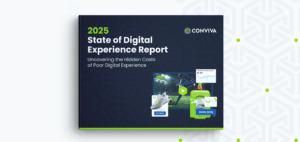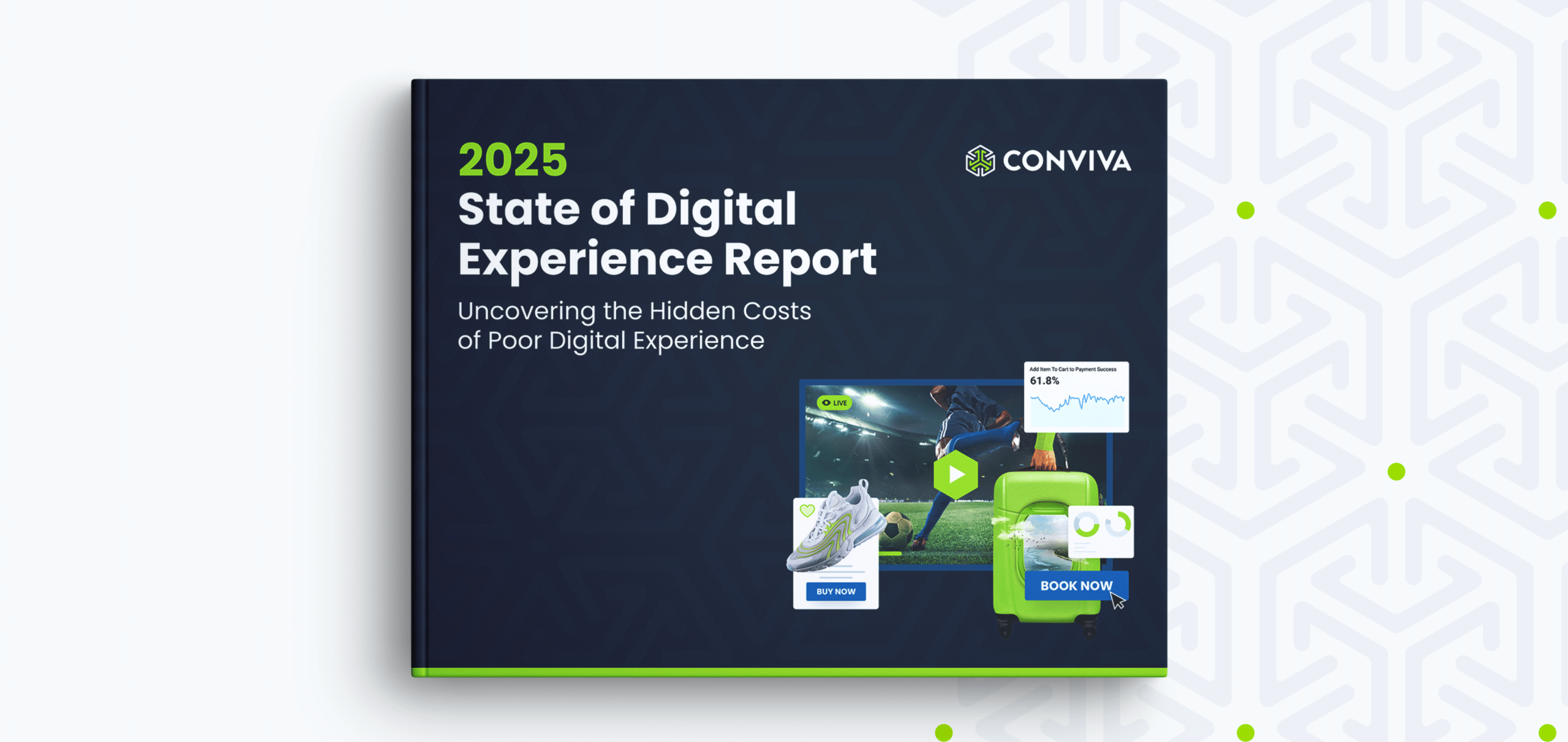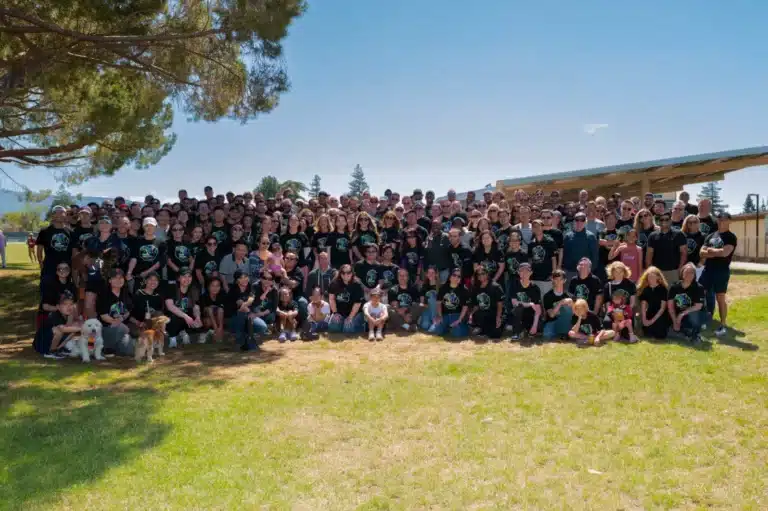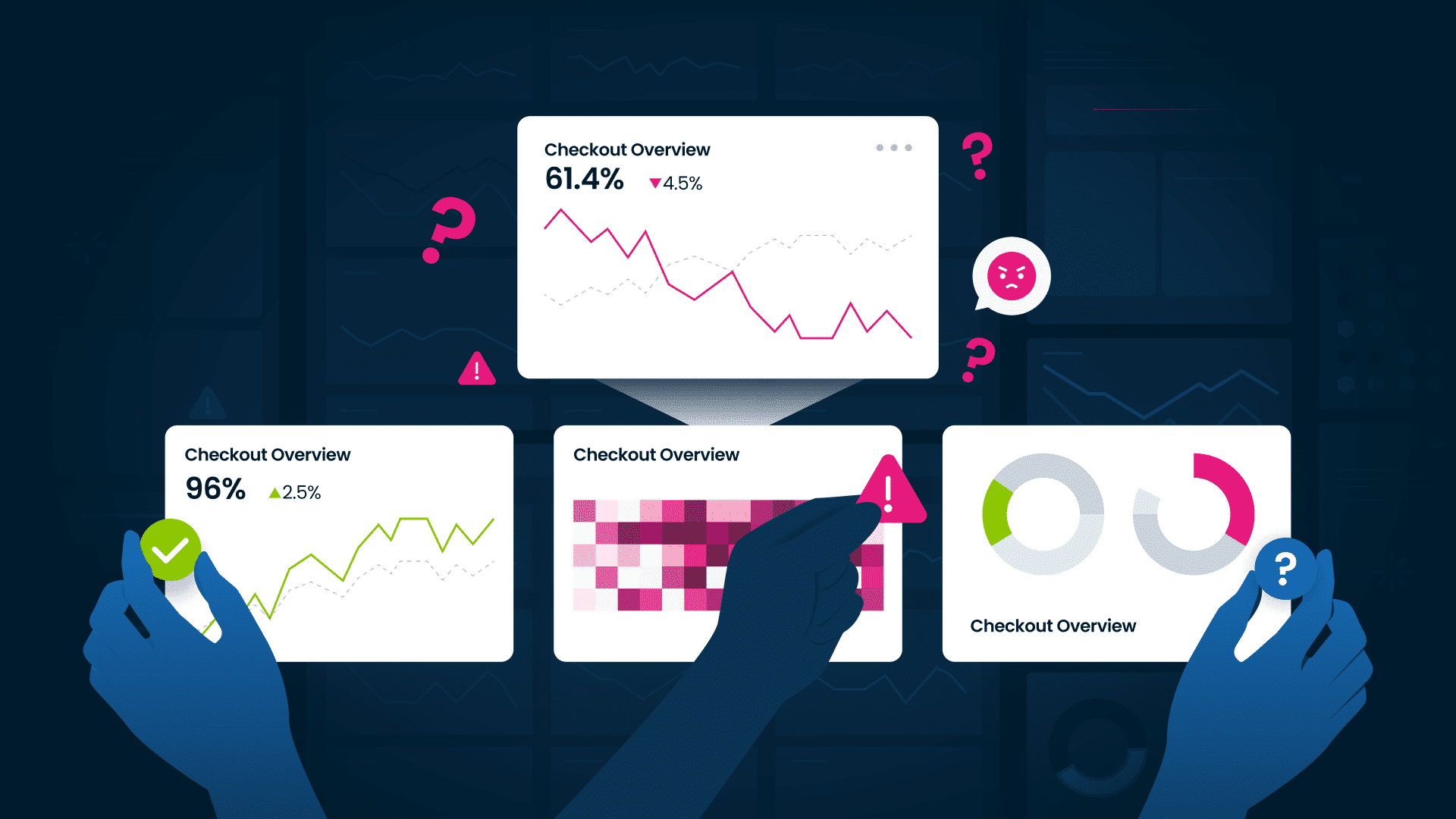Author’s Note:
This blog is the 2nd installment in our 5-part series on the hidden blockers slowing product teams down—and what to do about them. Each post tackles a common but costly friction point that gets in the way of velocity, clarity, and growth.
The Slack thread starts like this:
“Anyone else seeing a spike in drop-offs during checkout?”
The PM shares a dashboard.
Engineering pulls logs.
Ops checks infrastructure.
Each team sees a different story.
One says it’s performance.
One says it’s user behavior.
One says it’s the user experience.
Or they say it’s nothing.
By the time you reach a loose agreement that it might be API latency, a week has passed. The issue has already cost thousands in lost conversions, degraded user experience, and cross-functional confusion.
It wasn’t even a global problem.
It was regional. API latency had spiked for users in the Midwest due to a third-party routing change.
But no one caught it earlier—because everyone was looking at averages and percentiles instead of localized signals.
Why Is Root Cause So Hard to Agree On?
Because every team uses a different lens.
- Product sees engagement and funnel metrics
- Engineering sees system errors and logs
- Ops sees infrastructure uptime and backend response times
But none of those views are connected.
So, when something breaks—or just underperforms—teams waste hours or days trying to align on what’s real, what’s noise, and what to fix first.
The Negative Impact of a Fragmented View
When product, engineering, and ops can’t align:
- Root cause analysis takes longer
- Fixes are delayed or misprioritized
- Trust erodes across functions
- Business impact goes unnoticed
This isn’t just a tooling gap. It’s a coordination problem. A speed problem. A drag on product velocity.
And customers feel the pain long before your team finds the cause.
You Need Shared Visibility. Not Shared Blame.
The best product orgs don’t just track metrics. They connect them.
They link:
- User experience to system response
- Customer behavior to backend performance
- Product KPIs to technical root causes
They do it with cohort-level granularity and geographic precision—so when something breaks, every team sees the same story.
In context. In real time. With the detail to act fast.
This Doesn’t Have to Be Your Normal
You shouldn’t need three teams, five tools, and a war room to figure out what’s wrong.
There’s a better way to work:
One that starts with a shared source of truth for cross-functional root cause analysis.
Explore how leading teams are replacing fragmented views with real-time, diagnostic clarity with Conviva.
Stay tuned for the next post in the series: Your Dashboard Says It’s Fine. Your Users Say Otherwise.
Read the additional blogs in the series:
Conversion Rate Drops: Why Product Teams Still Can’t Find Root Cause
Your Dashboard Says It’s Fine. Your Users Say Otherwise.
You Shouldn’t Need a Developer to Answer Product Questions
You Don’t Need Another Dashboard. You Need an Answer.
Conviva empowers the world’s leading brands to deliver flawless digital experiences and drive growth with real-time performance analytics and precise AI-powered insights and automation. By leveraging and computing client-side data from all users while they are in session, the Conviva platform unifies customer experience, engagement, and technical performance with business outcomes. This approach reveals issues and opportunities that other solutions miss, helping you boost conversions and revenue, optimize engagement, and proactively resolve issues before they impact your customers.





